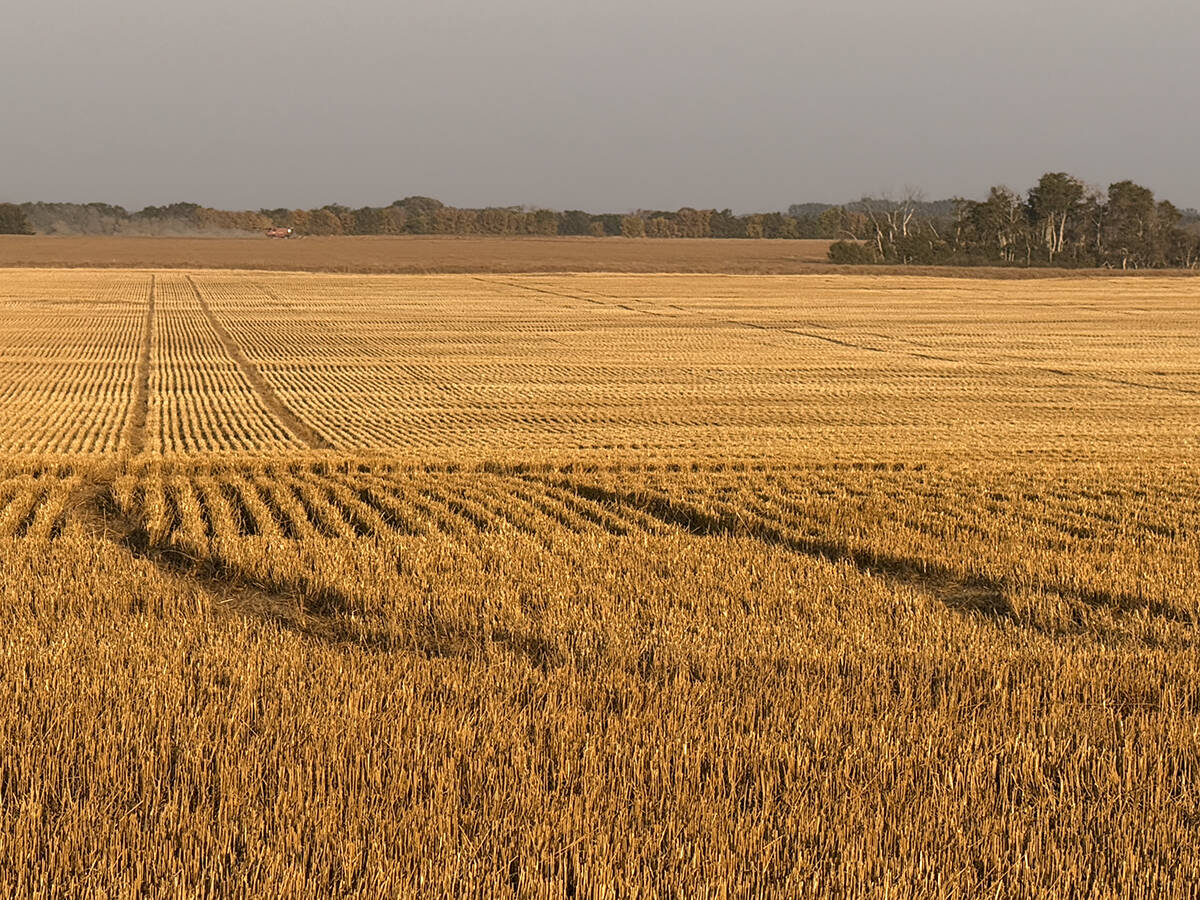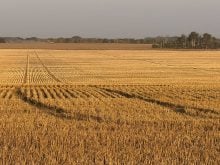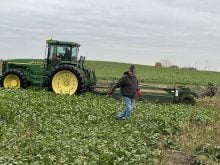CAMBRIDGE, Ont. – North American potato growers are convinced they need to take the lid off their production plans if they hope to remain profitable.
As a result, representatives from United Potato Growers of Canada, United Potato Growers of America and the Potato Marketing Association of North America meet once a month to share market intelligence, analysis and other information.
“We’re not there to tell you anything. We’re there to give you the information so you can decide what to do,” said Wayne Dorsey, marketing consultant with the United Potato Growers of Canada.
Read Also

Final crop reports show strong yields, quality
Crops yielded above average across the Prairies this year, and quality is generally average to above-average.
“The guy with the best data wins.… You need market intelligence equal or better than the people you sell to and I suspect few of you in this room have that kind of market intelligence.”
Dorsey told the Ontario Potato Board’s recent annual meeting that the idea is to better match supply to demand.
Knowing what’s been planted and what’s in storage is important, he added, and having a handle on planting intentions would give growers an even better idea of what to do.
For example, producers may choose to plant fewer acres if a potato glut seemed likely.
Dorsey is a former potato grower from Alliston, Ont., and chair of the Ontario Potato Board who retired from active farming a year ago.
He said the co-operative approach is a work in progress. Growers in the eastern United States have yet to join the effort.
In Canada, producer organizations from all provinces except Nova Scotia and Newfoundland and Labrador are part of the United Potato Growers of Canada, which was formed in 2005. Prince Edward Island remains Canada’s largest potato-growing region, followed closely by Manitoba and then New Brunswick, Alberta, Quebec and Ontario.
Dorsey said he would like to collect more detailed market information, including a breakdown of numbers by potato type, which growers could use to capitalize on niche markets.
He said marketing the rest of the 2009 crop is expected to be challenging. Production was down in Canada last year but up in the U.S. Most states have kept their supply in check, but production in Idaho increased 12.5 percent because of exceptional yields. Idaho normally accounts for about one-third of U.S. production.
“Demand will need to substantially increase,” he said.
“Storage problems will need to be more severe than expected or alternate uses (dumping, cattle feed, etc.) will need to be found quickly.”














